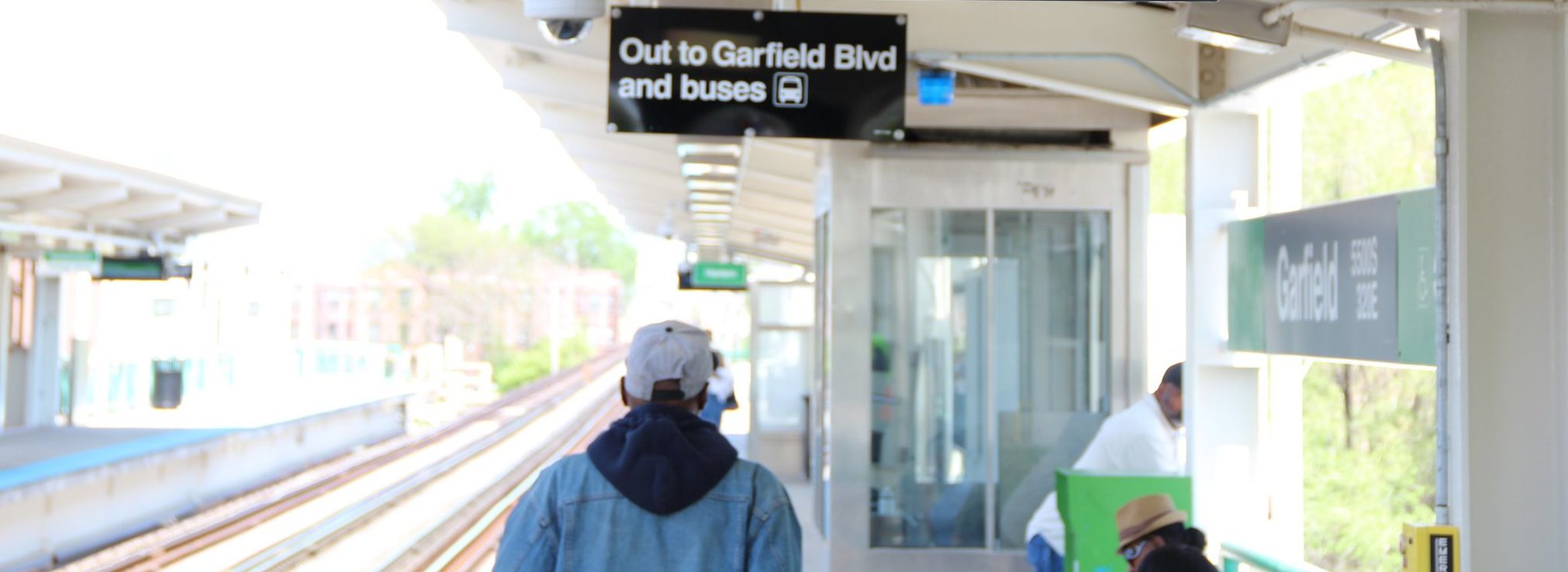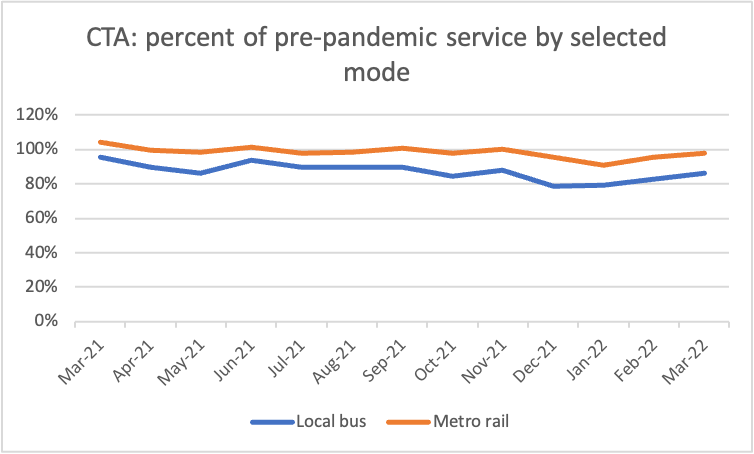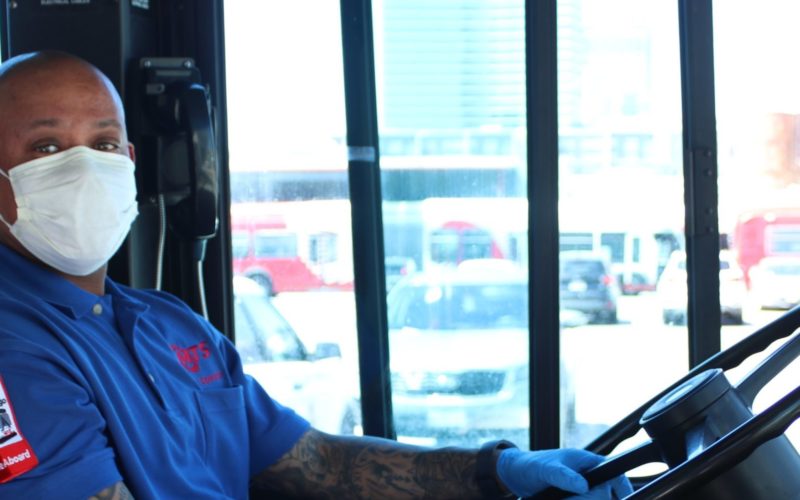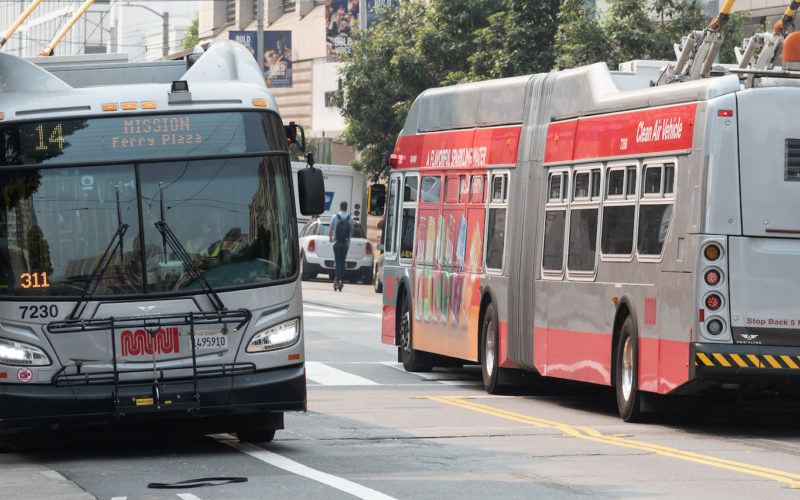
This week we’re running a series that looks into what’s happening with transit service in the seven highest ridership U.S. cities. Our goal with this series is to facilitate a shared understanding of the challenges agencies are facing, give riders a sense of what they can expect for the remainder of 2022, and surface ideas for how agencies can better mitigate disruptions.
What’s going on with service at Chicago’s CTA?

CTA’s service levels remained relatively strong throughout 2021, especially on rail. However, the holiday season (beginning approximately November 2021) marked a downward shift for service delivery and the agency has not recovered as strongly as might have been expected, given its early-pandemic track record. In July, CTA President Dorval Carter published a commentary in the Chicago Tribune in which he recognizes ongoing workforce challenges and accepted responsibility for subpar service:
“This new normal is requiring many employers, including us, to creatively grow and retain our workforce, while continuing to face unpredictable staff availability each day due to the ongoing spread of the virus.
As a result, customers have seen increased instances of longer-than-normal wait times and inconsistent service. As the pandemic began to ease in the spring, we had hoped that these challenges would begin to subside, but they have not.”
The goal, for Carter, is improving the rider experience in three areas: “more reliable and consistent service, improved customer communication, and flexible schedules to respond to changing ridership patterns.” To do this, the agency has made renewed efforts to attract and train bus and rail operators.
In a recent letter to the editor in the Chicago Tribune, local transit advocates Darlene O. Hightower of the Metropolitan Planning Council, Amy Rynell of Active Transportation Alliance, and Susan Hurley of Chicago Jobs with Justice, called for collective action at the city and state level to address CTA’s challenges.
The letter encourages CTA to address the operator shortage by making changes such as redesigning the operator’s cockpit to enhance safety, and adapting operator and service schedules to respond to changing ridership patterns and workforce needs.
When it comes to regaining the trust of riders, the letter argues that CTA must take quick and clear actions. “Public schedules should be updated, delays communicated and tracker technology improved. The expertise of riders and operators should be incorporated into solutions. A new level of transparency and communication will be critical.”
Read other posts in this series about LA Metro and Boston’s MBTA.
 How to Maintain a Frontline Workforce in 2022
How to Maintain a Frontline Workforce in 2022
Transit systems all over the country are struggling to hire and retain enough bus operators to maintain planned levels of service. While headways and reliability suffer, there are a few cities that can offer lessons on how to maintain a workforce during the “Great Resignation.”
Read More What’s Going on With Transit Service at the Seven Highest Ridership U.S. Cities? SF Edition
What’s Going on With Transit Service at the Seven Highest Ridership U.S. Cities? SF Edition
As of March 2022, SFMTA was operating 88% of pre-pandemic service and added back even more service in July.
Read More